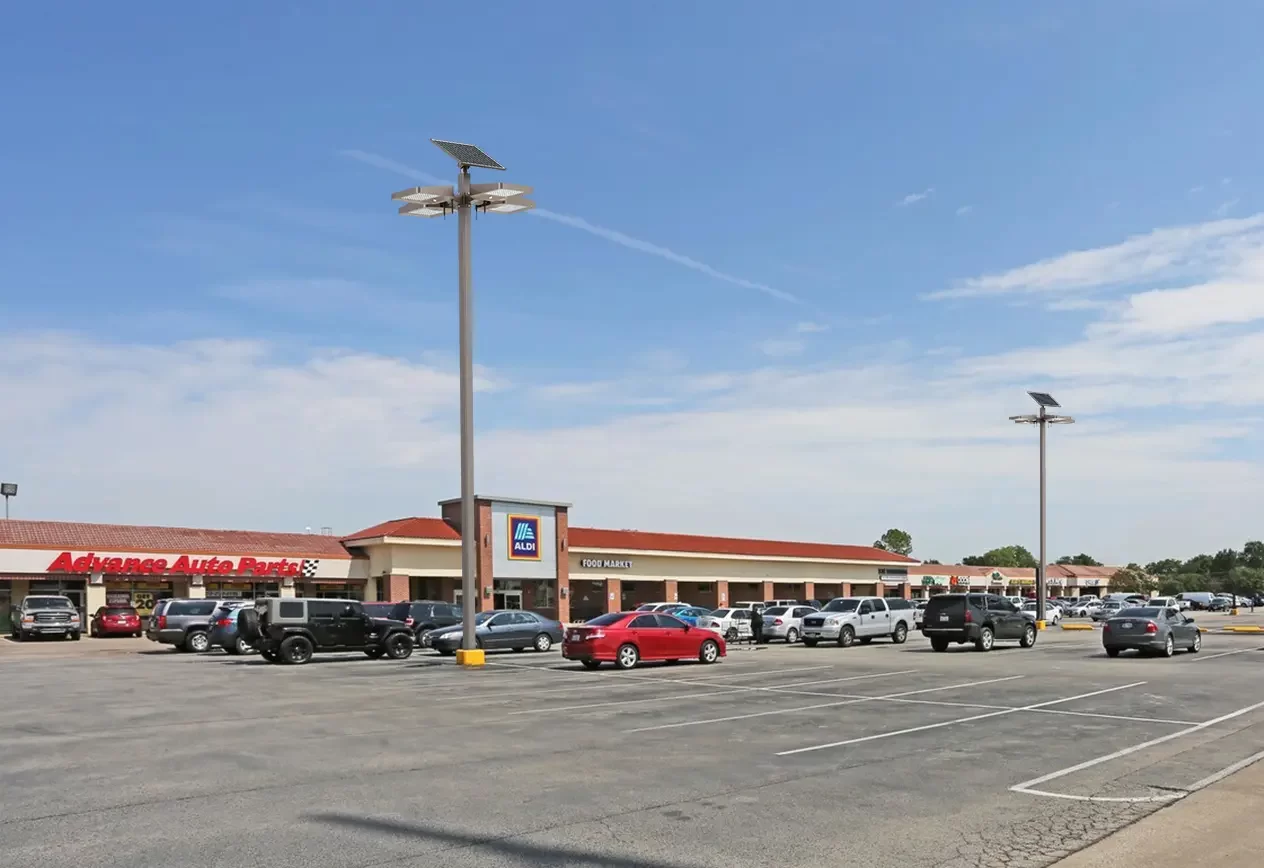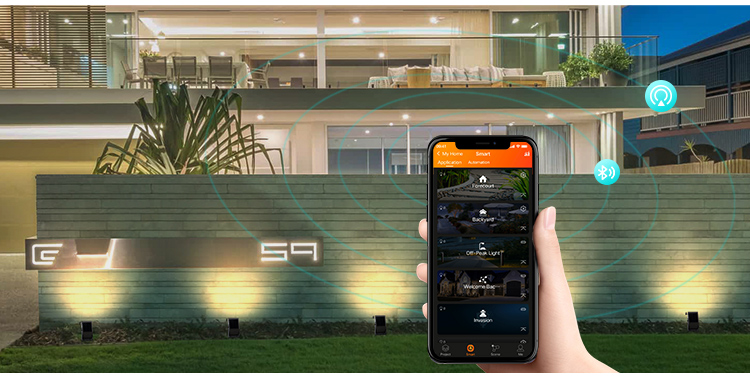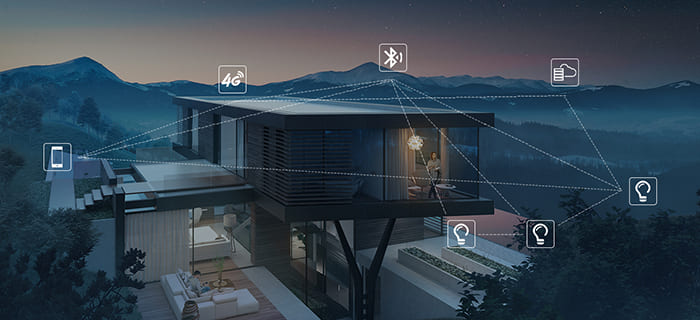With the implementation of global sustainable development goals, the solar smart lighting industry is entering a new phase of technological innovation and market expansion. Driven by industry leaders such as Sottlot, solar smart luminaires in 2025 will not only deliver cutting-edge technological advancements but also prioritize user experience and ecological sustainability. This article explores five key technology trends shaping the future market while showcasing Sottlot’s technological highlights and industry insights.
Why Solar Smart Luminaires?
Solar smart luminaires harness renewable energy to reduce carbon emissions, making them a pivotal solution in combating climate change. Equipped with intelligent control functions, these luminaires transcend their role as mere lighting tools to become integral components of smart city infrastructures. Features such as auto-sensing and dynamic brightness adjustment significantly enhance user experience while lowering operational costs.
Overview of the Smart Luminaires Market Outlook to 2025
The global solar smart luminaires market is projected to exceed USD 10 billion by 2025, with significant growth in commercial and industrial applications. Technological innovations, policy incentives, and heightened environmental awareness are driving this rapid market expansion.
Trend 1: Advances in Weather-Adaptive Technology (ALS 2.5)
What is ALS Technology?
ALS (Adaptive Lighting System) technology dynamically adjusts light output to ensure stable illumination, even in adverse weather conditions.
Innovations in ALS 2.5
Sottlot’s ALS 2.5 technology is more intelligent and adaptive than ever. It monitors ambient light and weather conditions in real time while optimizing light output based on battery power levels. This ensures consistent illumination even during extended periods of cloudy or rainy weather.
How ALS Improves Lighting in Bad Weather
While traditional solar luminaires often falter during prolonged rain, ALS 2.5 employs precise algorithms and energy management systems to minimize lighting interruptions, enhancing product reliability and user satisfaction.
Trend 2: Breakthroughs in Thermal Management Technology (TCS 3.0)
The Importance of Thermal Management in Solar Luminaires
Thermal management is critical to the performance and lifespan of solar luminaires. Overheating under extreme climatic conditions accelerates the degradation of batteries and components, reducing overall efficiency.
TCS 3.0 Technology Principles and Functions
Sottlot’s TCS 3.0 (Thermal Control System) leverages advanced heat transfer materials and innovative thermal designs to monitor and regulate luminaire temperature in real time. This system minimizes the impact of high temperatures on solar panels, batteries, and LEDs.
Extending Luminaire Life and Performance
Thanks to TCS 3.0, luminaires maintain up to 30% more energy efficiency in high-temperature environments and achieve over 20% longer lifespans. This makes them highly reliable in regions with extreme heat, such as the Middle East and Africa.
Trend 3: Intelligent Sensing and Data Integration
Combined Application of CDS and PIR
Sottlot’s smart sensing system integrates CDS (Cadmium Sulfide Photoresistor) and PIR (Passive Infrared Sensor) for precise day-night detection and human-body sensing. This combination optimizes energy efficiency by automatically adjusting light intensity based on ambient light and human activity.
Data-Driven Light Optimization
Through real-time data analysis, smart luminaires dynamically adjust lighting strategies. For instance, streetlights can adapt brightness and coverage based on traffic flow, improving safety and saving energy.
Intelligent Customization for Diverse Needs
With intelligent sensing and data analysis, customers can tailor luminaires to specific scenarios, such as commercial districts, industrial parks, or residential areas.
Trend 4: Multifunctional Lighting Design and Experience Optimization
Color Temperature Adjustment Technology
Modern lighting prioritizes user comfort. Sottlot’s luminaires support single and dual color temperature adjustments, enabling users to switch between warm white and cool white light to create desired atmospheres.
Enhancing Customer Experience with Light Design
Using optical simulation tools like DIALux, designers can predict and fine-tune lighting effects to align with user preferences and functional requirements. This approach is widely employed in park, street, and indoor lighting projects.
Practical Application Cases
For instance, a large logistics park utilized Sottlot’s dual-color temperature technology to improve nighttime operation comfort and efficiency while reducing light pollution and energy consumption.
Trend 5: Eco-Friendly and Sustainable Development
Improved Solar Panel and Battery Efficiency
Advancements in solar technology have increased photovoltaic panel efficiency to over 25%. Combined with high-capacity lithium batteries, these improvements extend lighting durations and reduce maintenance costs.
BUG Design to Minimize Light Pollution
Sottlot’s products incorporate BUG (Backlight, Uplight, Glare) optimization to reduce light pollution. For example, roadway lighting fixtures are designed to prevent light intrusion into adjacent areas, ensuring better living conditions for nearby residents.
Solar Luminaire Design for ESG Goals
Sottlot develops low-carbon, high-efficiency luminaire solutions to support customers in achieving their ESG (Environmental, Social, and Governance) goals.
Sottlot’s Technological Innovations and Highlights
Focus on R&D: ALS 2.5 and TCS 3.0
Sottlot’s R&D team continues to innovate, addressing performance bottlenecks in ALS and TCS technologies to deliver efficient and reliable solutions.
Leading the Future with Industry Trends
Through continuous innovation and market development, Sottlot has successfully penetrated high-potential markets with customized products trusted by clients worldwide.
Case Study: Successful Overseas Projects
A major infrastructure project in the Middle East utilized Sottlot’s smart luminaires, achieving year-round uninterrupted lighting and over 50% energy savings.
While the adoption of solar smart luminaires faces technical and cost challenges, rising market demand and technological advancements indicate immense potential. By 2030, smart luminaires are expected to become integral to smart city ecosystems, driving the global green economy.
The fusion of technology and user experience is shaping the future of solar smart luminaires. With its cutting-edge technologies and market insights, Sottlot delivers exceptional solutions to meet diverse customer needs. Solar smart luminaires will continue to play a pivotal role in the global lighting market.


